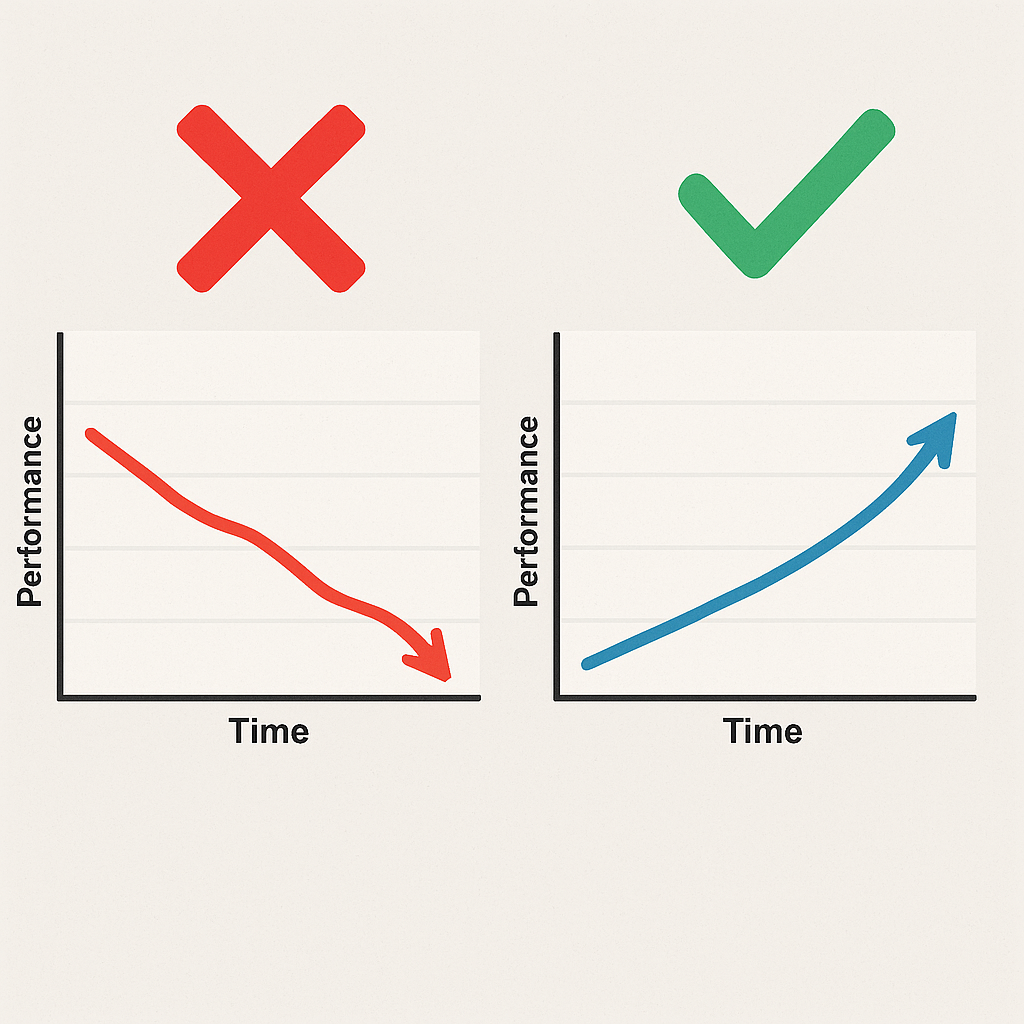
Timing matters just as much as talent in Influencer Marketing
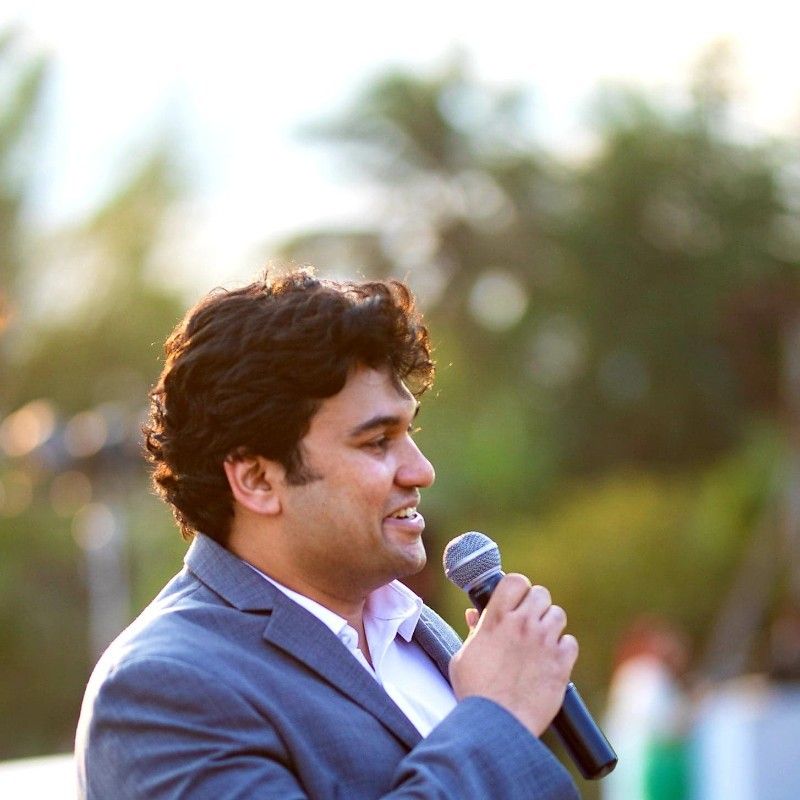
Rohan Bhide
CEO
Influencer performance isn’t fixed. It’s fluid.
At Baton, we’ve spent the last year tracking creators across platforms. What we found is something brands often overlook: an influencer’s performance is as dependent on when you measure it as it is on who they are.
In other words, timing matters just as much as talent.
The Myth of Consistency
Scroll through influencer pitch decks and you’ll see static numbers: average views, average likes, engagement rate. These metrics suggest a steady state - as if creators operate on autopilot.
But when you actually chart view counts over time, the myth of consistency unravels. Don't believe me? Just take a look at any influencer's performance trends on Peek.
The main reason this happens
More often than not, the influencer's performance goes up and down over time. Take any influencer and plot their views over time - what you'll see is peaks and valleys. Their view counts will be really high in one month and really low in the next. This is mainly because of the algorithm changes.
The engineers at social media platforms are always trying new things to make the app more enjoyable for its users. A lot of focus is paid to the recommendation algorithm. For those who may not be familiar with the concept, the recommendation algorithm is what decides what goes on your feed when you scroll through the app and what doesn't. The algorithm also determines how high it is placed on your feed. It's for these reasons, that social media experts and influencer consider the algorithm "all powerful".
Social media platforms are always experimenting with and rewarding new features. For example, when Instagram added the ability to add songs to a Reel, it also changed the algorithm so that Reels with such songs were more frequently shown in users' feeds.
The best influencers try to study the algorithm and figure out what works best and what doesn't. That's why accounts that claim to decipher the algorithm have thousands of influencers following them. But figuring out what is being boosted and what isn't is a time-consuming process. That's why there's often a lag between when a new algorithm change is made to an influencer catching on. And this is clearly shown by the data.
Here’s real data from a fitness influencer on Instagram with 1M+ followers. The peaks and valleys jump out immediately — huge bursts of visibility one month, sharp drop-offs the next.
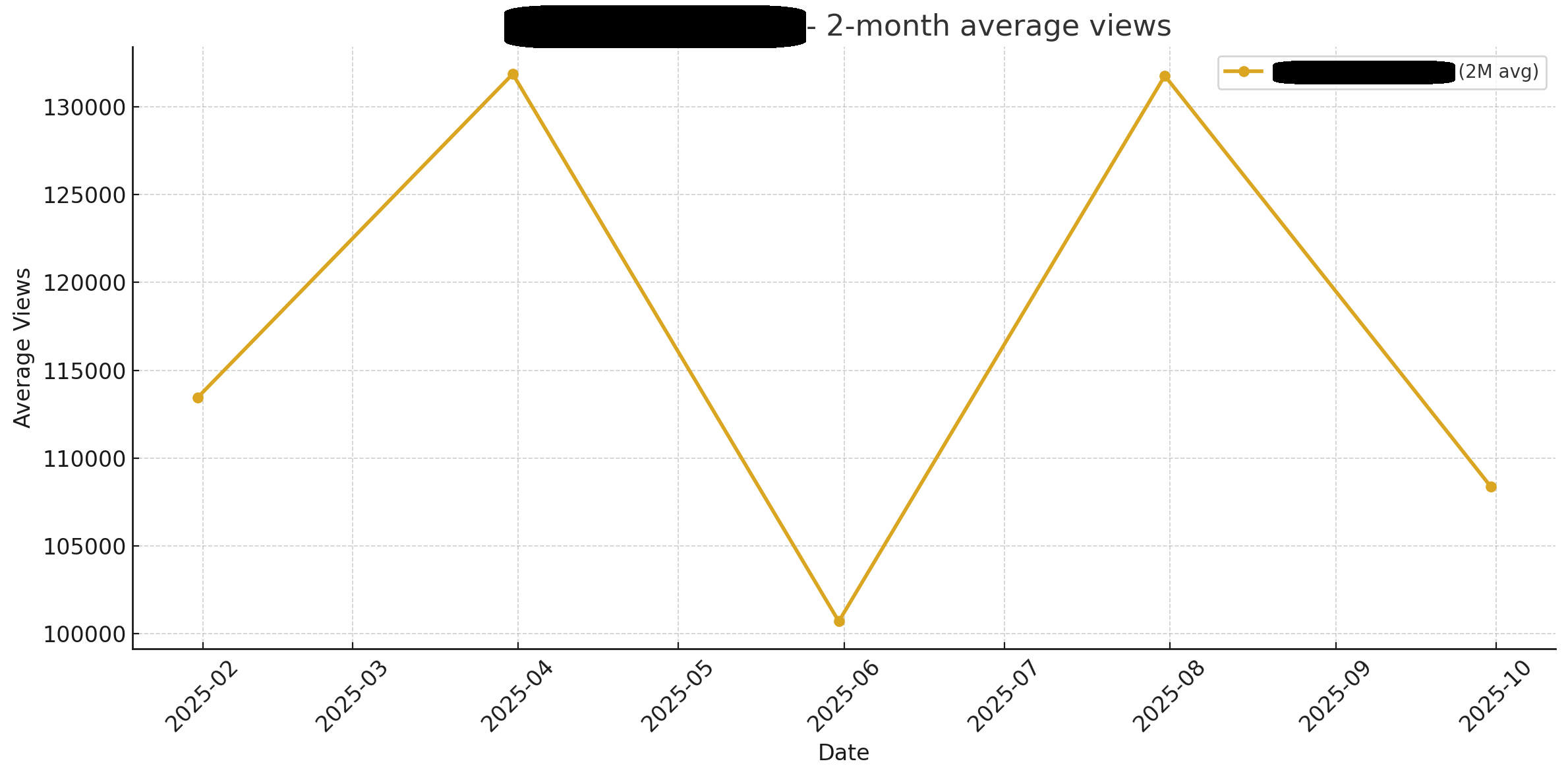
What’s especially interesting is the lag effect. About a month after Instagram adjusted its algorithm to prioritize new formats, this creator’s views dipped. But within a few weeks, you can see them “crack the code” — experimenting with content until the metrics rebound.
This pattern is common: even seasoned influencers need time to adapt when platforms shift the rules. For brands, it highlights two key points:
- Short-term dips don’t equal long-term weakness. Sometimes it’s just the adjustment period.
- Timing campaigns around recovery can amplify results. Catching an influencer right as they’re climbing out of a valley can mean outsized reach at lower cost.
In other words, those peaks and valleys aren’t noise - they’re signals of how creators adapt, and when brands should lean in. After all, collaborating with an influencer as they're about to enter the valley would be a disaster.
While algorithm changes are the biggest reason for varying performance, they're not the only ones. Several minor forces also contribute -
- Audience behavior – Holidays, travel seasons, and cultural events impact when people scroll and what content resonates.
- Posting cadence – A burst of content can spike numbers, but gaps in posting often drag them down.
- Format experimentation – A creator might test new formats that underperform before finding a winning style.
Taken together, these factors mean that catching an influencer as they're cracking the algorithm is really important.
But doesn’t the algorithm change affect everyone equally?
On the surface, yes - when Instagram or TikTok tweaks its algorithm, the shift applies platform-wide. But in practice, not all creators are affected equally.
- Content format matters. An algorithm that suddenly boosts Reels will benefit creators already leaning into short video, while punishing those focused on static posts.
- Adaptability is uneven. Some influencers experiment quickly, test new styles, and bounce back within weeks. Others stick to their comfort zone and see their numbers stall.
- Audience resilience varies. Highly engaged communities often weather algorithm storms better - their loyalty cushions the dip. Casual followings, by contrast, vanish faster when the feed changes.
So, while the rulebook changes for everyone at the same time, the results look very different depending on the creator’s strategy, agility, and audience base. That’s why analyzing performance over time and spotting how fast a creator recovers after an algorithm shift is critical for brands making investment decisions.
More importantly, look at performance trends can help you pick the right creator at the right time. You are able to pick John when he's peaking `and pass on Lucy who is dipping today but switch your collab next month when Lucy is doing really well.
The Brand Risk
The risk to brands from varying influencer performance is tremendous.
Say you come across an influencer right at the peak of their performance. Their last few posts went viral, views are surging, and engagement looks unbeatable. If you sign a contract based only on that moment, you’re paying top dollar for numbers that may not last.
The problem is timing. Peaks rarely sustain. A month later, algorithm tweaks or audience fatigue might send their metrics down by 40–50%. Suddenly, the ROI on your campaign looks very different.
On the flip side, imagine overlooking a creator because their most recent month underperformed. What looks like weakness might just be the “valley” before they adapt and rebound. Those same creators can become some of the most cost-effective partners if you catch them on the upswing.
In both cases, brands risk:
- Overpaying for hype that fades fast.
- Missing opportunities with steady, long-term performers.
- Launching at the wrong time, where seasonality or platform shifts undercut results.
The takeaway: influencer deals shouldn’t hinge on a single data point like average views. Without a time-aware view, brands expose themselves to massive variability - and wasted spend.
Influencer performance is cyclical...but not always
For many strong influencers, performance tends to follow a cyclical pattern. Engagement ebbs and flows with seasonality, algorithm tweaks, and content rhythms. Peaks eventually fall, valleys eventually rise, and over a long horizon you can spot repeating cycles.
But there are two important exceptions to this rule:
1. The Upcomers 🚀
These are creators who are not just following cycles — they’re on a clear upward trajectory. Every month, their baseline shifts higher. Audience growth compounds, their content starts resonating more broadly, and they keep unlocking new levels of visibility. The cycle looks less like a wave and more like a staircase. For brands, the risk is missing the window — by the time their growth is obvious, demand (and their fees) may already be out of reach.
Here's is data from an upcomer on IG. They are a fitness influencer with 750K followers.
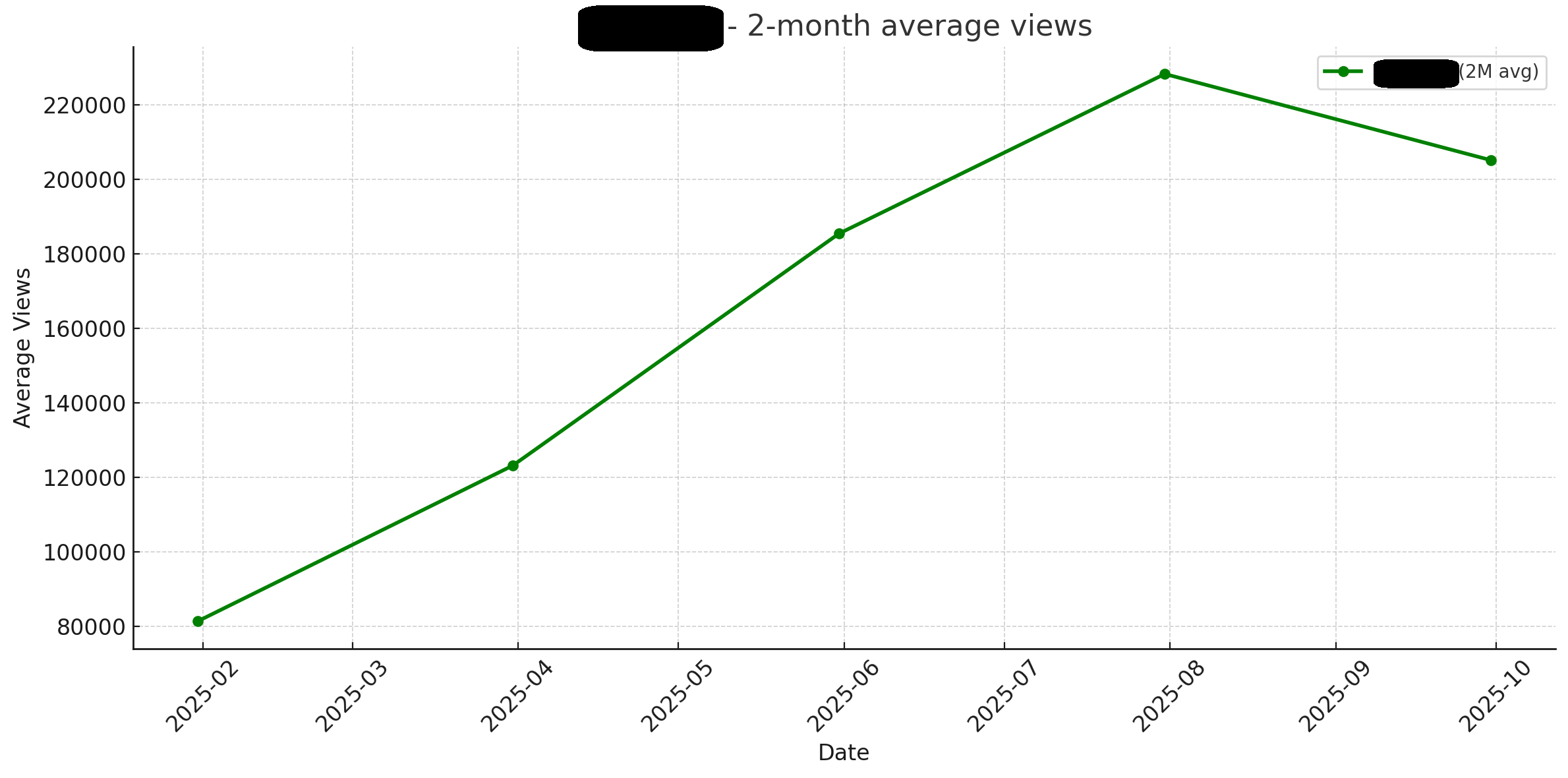
2. The Faders ⬇️
The opposite pattern. Instead of rebounding after valleys, they continue to decline. This could be due to audience fatigue, overexposure, or failure to adapt to platform shifts. Their “cycles” flatten into a slow fade. For brands, the risk is overpaying for past reputation rather than current reality.
Here's is data from an upcomer on IG. They are a fitness influencer with ~1M followers.
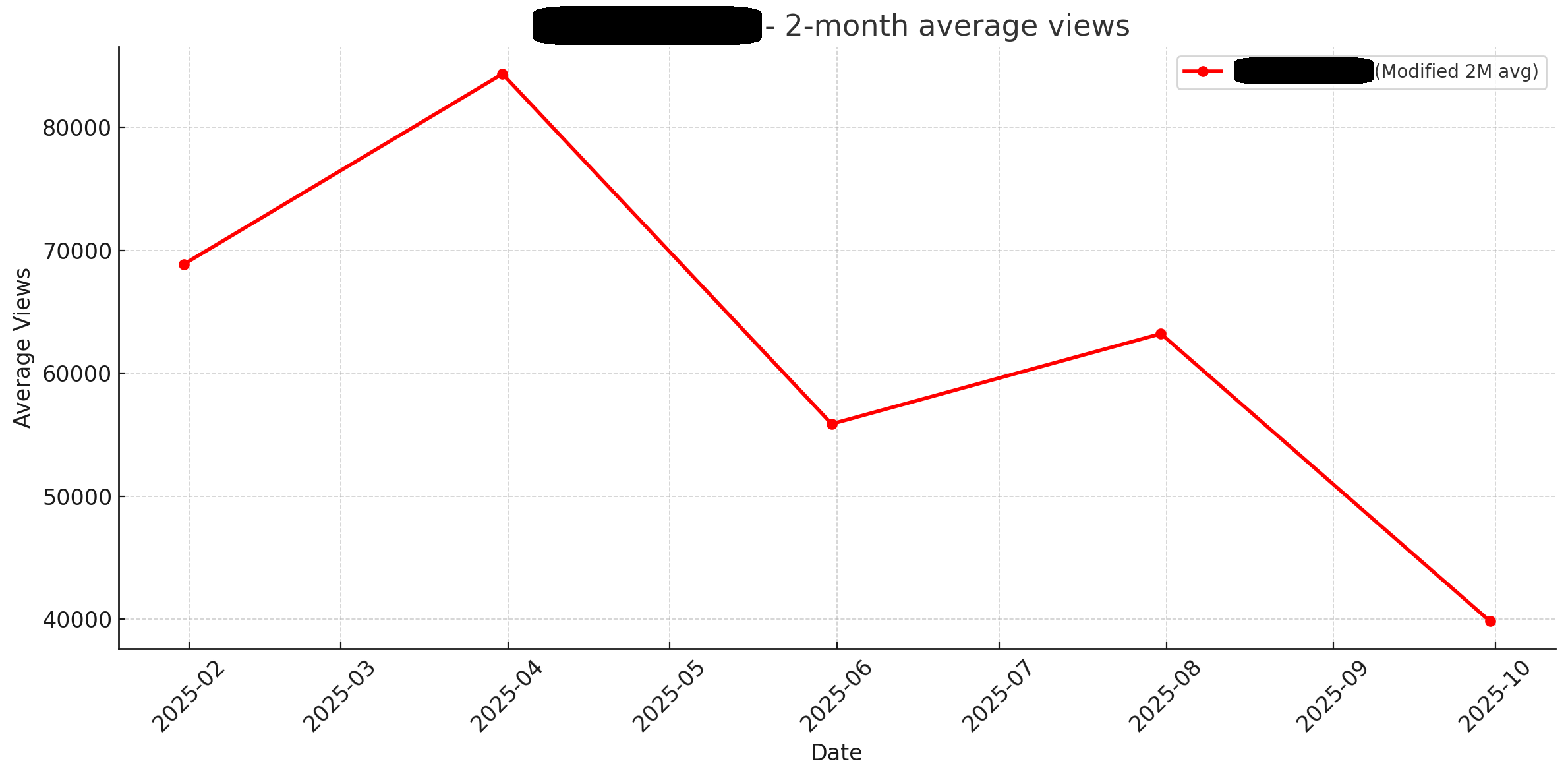
Cyclical influencers are the majority, but spotting upcomers and faders early is where brands gain the biggest strategic advantage.
How Baton Fixes It
At Baton Analytics, we help brands and creators see past the noise:
- Averages aren't everything: we provide the full suite of statistical metrics to help you make the right decision - mode, median, p50, p90 etc.
- Outlier detection keeps one viral hit from distorting long-term results.
- Time-aware comparisons make it possible to fairly evaluate creators across different months and campaigns.
This isn’t about punishing creators for dips - it’s about giving brands and influencers a fair, transparent baseline for partnership.
The Takeaway
Influencer marketing is no longer about static snapshots. It’s about patterns over time.
- Don’t ask “What’s their engagement rate today?”
- Ask “How has their influence evolved over the past 6–12 months?”
When brands start making decisions with a time-aware lens, they’ll stop chasing lucky spikes and start building partnerships that truly deliver.
✨ Influence is dynamic. Timing matters.
At Baton, we’re making sure brands don’t just measure influence - they measure it in time.
